#fall of france
Text

German soldiers use a 3.7cm Pak 36 anti tank weapon to cover a crossroads during the invasion of France - May 1940
#world war two#1940s#worldwar2photos#history#ww2 history#ww2#wwii#world war 2#ww2history#wwii era#fall of France#1940#invasion of france#pak36#wehrmacht#world war 2 colour photos
93 notes
·
View notes
Text
"Soon after the fall of France in the Spring of 1940, rightist collaborators in France established a civilian government to rule the southern France, while the Germany military occupied northern France. The rightists’ capital was at Vichy. The president of the government at Vichy was general Philippe Pétain, hero of the French army during World War I, while Pierre Laval, Admiral François Darlan, then Laval once again served as the Vichy prime ministers. At the same time, however, Charles de Gaulle, a junior tank commander in the French army was promoted by the British as leader of the Free French Forces, the small remnant of the French army that had survived the German onslaught to escape from Dunkirk when France fell. De Gaulle was promoted as head of the French government-in-exile, a policy the British applied, as well, to other European countries such as Poland.
After the fall of France, French communists organized resistance to the Nazis and the Vichy regime in spite of the Hitler-Stalin pact, and the bizarre and confusing propaganda that issued from the Communist International in Moscow after the pact. De Gaulle was able to establish salutary links with the communist resistance in France. His stature grew among the allies, especially in the English-speaking world, from which official recognition and support were both tangible and immediate.
In Canada, however, support for de Gaulle’s cause from the federal government, to say the least, was weak, if not entirely absent. In fact, the Canadian government was subjected to a persistent, pro-Vichy campaign. From the fall of France onwards, the typical, anti-communist propaganda in the French-Canadian press which had appeared with increasing frequency before and during World War II was now accompanied by pro-Vichy propaganda, directly supported by Vichy diplomats stationed in French Canada.
Indeed, Vichy was a source of inspiration to the right in French Canada. Not only was the federal Liberal government aware of the campaign and its provenance; it more or less acquiesced. There are many examples of this pro-Vichy stance from the Canadian government. On November 10, 1941, the federal government’s Information Service addressed a memorandum to Ernest Lapointe about the extent of pro-Vichy propaganda in the French-language press. The aim of the Information Service’s intervention was to obtain the expulsion of the Vichy consuls active in the propaganda campaign.
Lapointe was quite ill, indeed dying, which occurred just two weeks later. No action was taken upon the request to expel Vichy representatives. In March, 1942, in the middle of the plebiscite campaign about conscription, the Information Service made known the contents of a report from French de Gaulle supporters living in Ottawa about the anti-conscription campaign in French Canada, which combined anti-communist and anglophobic propaganda to inspire the ‘no’ side in the plebiscite campaign. The latter was organized and led by André Laurendeau, an active, leading member of the Ordre de Jacques-Cartier. According to the Gaullists’ report, Ricard, the Vichy consul in Quebec City, was deeply involved with the anti-conscription campaign. The group which opposed conscription called itself the Ligue pour la défense du Canada. Part of the Ligue’s argument was that Canada itself was in danger in World War II. This should be Canada’s priority, not sending troops from an over-extended colony for the defence of the mother-country. Gaullists complained that “Quebec was ripe for Nazi propaganda”, owing to the anti-conscription campaign of the Ligue. Furthermore, the attitude of the Ligue was also dangerous since:
The absurdity of the idea that Canada can be defended exclusively on Canadian soil is apparent at first sight and certainly of German origin. All military critics agree that a war like this one can be won only by taking the offensive… All the armies and all the fleets in the new world combined would protect the immense length of our coasts in such a weak way, that an enemy concentration on one or more points would not fail to penetrate it. A certain manner of presenting Canada as directly and urgently in danger overreaches the aim, excites the minds and plays into the hand of anti-conscriptionists.
In fact, Vichy actually provided money to the Ligue for its anti-conscription campaign through its consul at Montreal, facts uncovered by the RCMP. Nevertheless, the King government maintained formal relations with Vichy until November, 1942, coincidentally, when the Hull internees were all finally released. Up to this time, the King government was clearly anti-Gaullist. There are several examples of this stance.
In the fall of 1940, J. L. Ralston, Minister of Defence, brought to the attention of Lapointe an analysis of pro-Vichy propaganda in Quebec, written by a French-Canadian officer working in military intelligence. The officer recommended the creation of a committee of French-Canadians who would promote the Gaullist cause in Canada, an idea which Lapointe rejected, a position which received the specific approval of King. Still in the Fall of 1940, French citizens living in Quebec City wanted to form a Canadian, Gaullist group, as already existed in the U.S., called France Forever/France quand même. Reforming journalist Jean-Charles Harvey was a member of the American group, and he promoted its views in his own writings. A Quebec City notary, Victor Morin, was engaged to determine if Lapointe would permit formation of the group, despite the continuing diplomatic relations of the Canadian government with Vichy. Lapointe responded that "it was not a good idea to encourage any movement that would have the effect of dividing French-Canadians into supporters of de Gaulle versus supporters of the Pétain government.” When Morin added later that the committee would be limited to French citizens, and would not include French-Canadians, Lapointe still responded with a curt ‘no’, with no further explanation.
A similar request from French residents of Montreal to permit the creation and incorporation of a Gaullist organization was also rejected in the fall of 1941. In his letter of September 29, 1941, Norman Robertson explained to the deputy minister of Secretary of State, E. H. Coleman:
I do not think that it would be helpful at the present juncture to take any formal step in the way of incorporation of a Free French organization, however representative its membership and admirable its objectives might be, which would be likely to precipitate further debate about the continued reception of the French minister in Ottawa, and force a premature definition of the status of General de Gaulle and the Free French movement.
In the summer of 1940, Great Britain asked Canada to train French aviators for the Gaullist forces, using the British Commonwealth Air Training Plan, which King indeed had claimed was going to be Canada’s most effective contribution to the British war effort. The King Cabinet refused the request, citing public opinion in French Canada, as well as the costs involved. The request was eventually approved under British pressure, although the British had to pay the costs of training the French aviators. In the fall of 1940, Cabinet rejected de Gaulle’s request to conduct recruitment efforts in Canada, “which would divide Canadians into those who supported Vichy from those who supported de Gaulle.”
These examples demonstrate that the aim of Cabinet was to minimize public debate about the Vichy/de Gaulle controversy, all the while maintaining official recognition of Vichy since, according to Lapointe, French-Canadians did support the Pétain government. Lapointe’s argument, however, was only valid for the petty-bourgeoisie, as organized in the Ordre de Jacques-Cartier membership and groups, including the Ligue pour la défense du Canada. Moreover, Lapointe was a close, personal friend and admirer of Pétain; the extent of Ordre documents in Lapointe’s archives in the National Archives of Canada leads one to suggest that Lapointe himself was a member, perhaps even a leader, of the Ordre de Jacques-Cartier.
In November, 1942, Canada finally broke off diplomatic relations with Vichy, but only after playing diplomatic games of peek-a-boo with the Allies who had been pressuring Canada, hitherto unsuccessfully, to terminate relations with Vichy. The Vichy consuls were only asked to leave in May, 1942, after the conscription plebiscite. The Vichy ambassador’s departure followed later that year, once again, even as the last of Hull internees was being released in November.
- Michael Martin, The Red Patch: Political Imprisonment in Hull, Quebec during World War 2. Self-published, 2007. p. 93-96
#vichy france#fall of france#free france#france libre#histoire de quebec#french canada#fascism in canada#canada during world war 2#world war ii#anti-communism#nazi sympathizers#resistance to conscription#conscription in canada#political repression#academic quote#reading 2023#the red patch
3 notes
·
View notes
Text
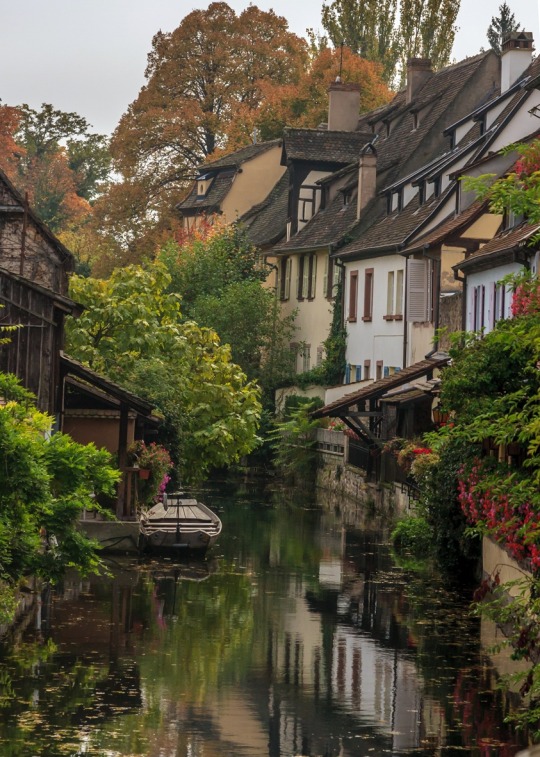
Le Petite Venise, Colmar, France by Dimitris Mimaros
6K notes
·
View notes
Text
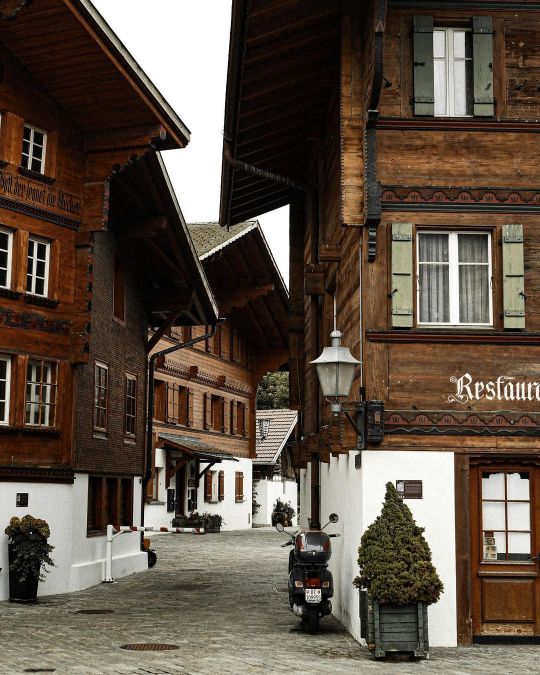

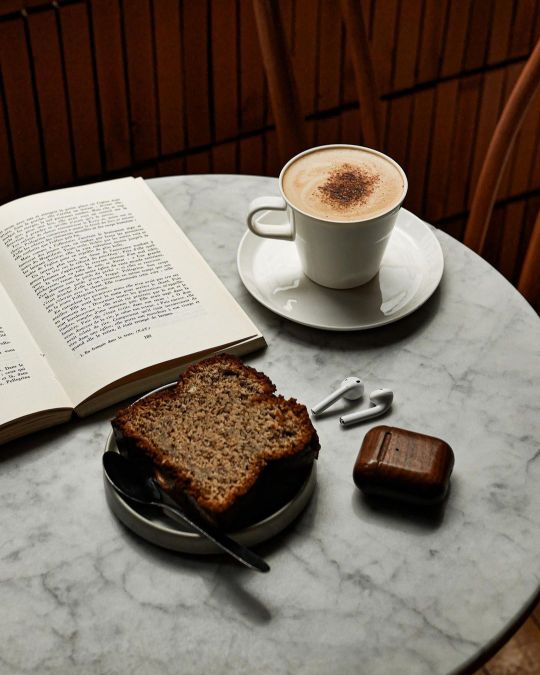

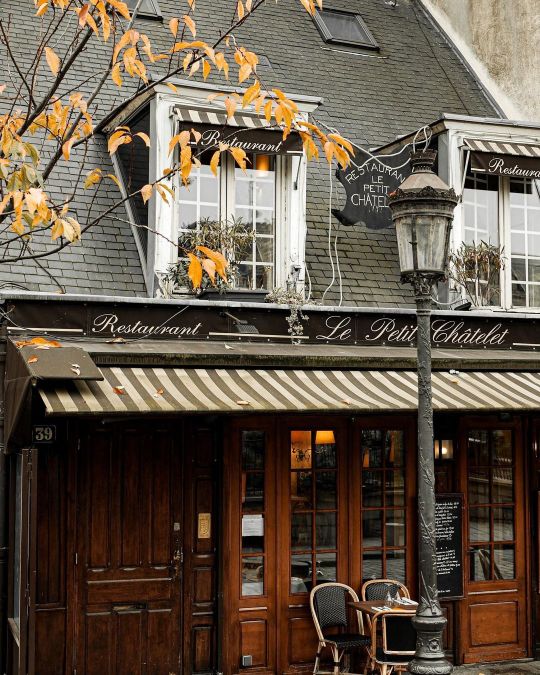

Instagram credit: myphotography_com
#switzerland#paris#france#copenhagen#denmark#coffeeblr#coffee aesthetic#brown aesthetic#brown tones#bookblr#breakfast#autumn aesthetic#autumn vibes#fall aesthetic#fall vibes#fallblr#autumnblr#chocolate
5K notes
·
View notes
Text
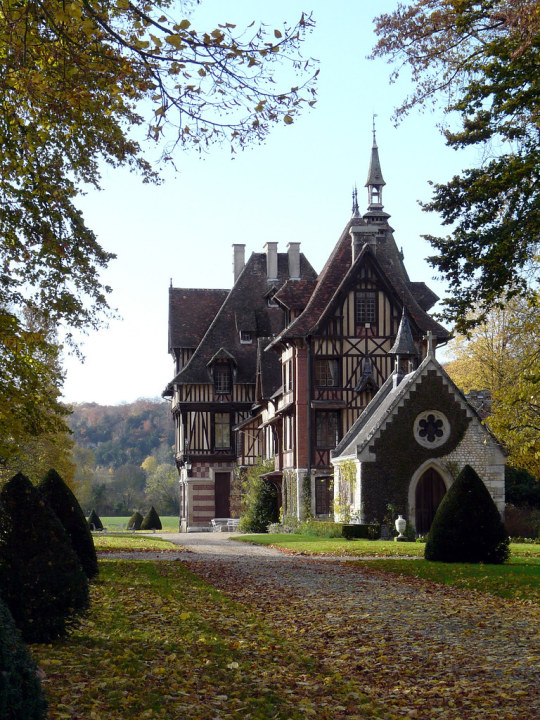
Manoir de Villers, France (by Francis Erevan)
4K notes
·
View notes
Text



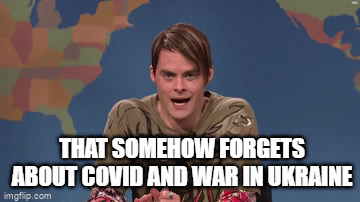


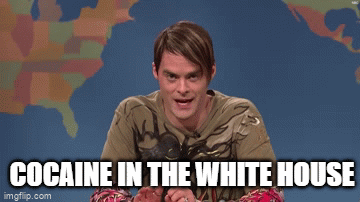









this summer is definitely something...
#tumblr news update#elon musk#mark zuckerberg#black butler#the suicide squad#disability pride month#steve rogers#captain america#the white house#colleen ballinger#sweden#twitter#misha collins#fall out boy#we didn't start the fire#covid 19#war in ukraine#france#emmanuel macron#nimona#mattel
6K notes
·
View notes
Text
damn look at my lawyer dawg i think i’m going to jail

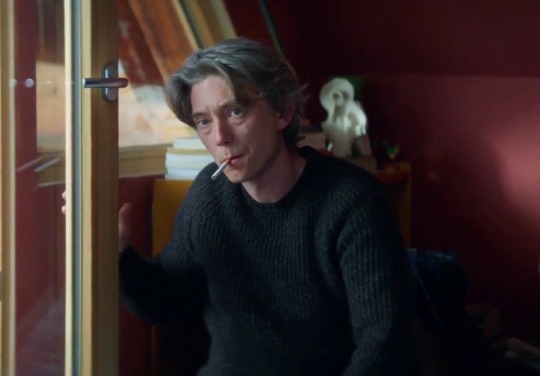
#anatomy of a fall#swann arlaud#vive la france this man is beautiful#i need to watch his whole filmography#grace talks
1K notes
·
View notes
Text


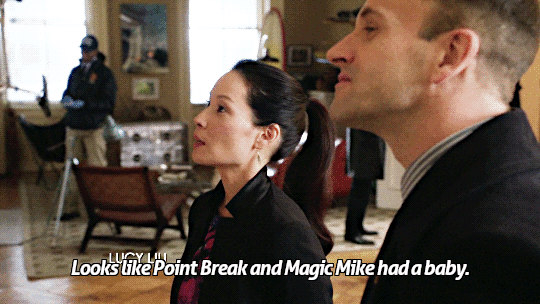

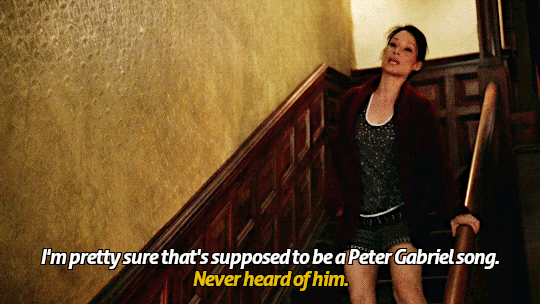



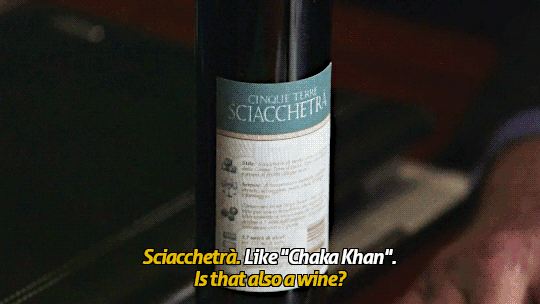


#elementaryedit#elementasquee#*elementary#elementary#deja vu all over again#the many mouths of aaron coleville#seed money#the past is parent#tag you're me#henny penny the sky is falling#over a barrel#the ballad of lady frances#breathe#from russia with drugs
805 notes
·
View notes
Photo


“Autriche” from the Longue Collection
Christian Dior
Autumn/Winter 1951-1952
Royal Ontario Museum (Object number: 2015.90.1.1)
#evening dress#fashion history#vintage fashion#christian dior#1950s#20th century#new look#fall#autumn#winter#france#silk#velvet#orange#purple#grey#royal ontario museum
784 notes
·
View notes
Text


Cuis.
Marne, Champagne, France.
#cuis#marne#champagne#village#france#french#country#countryside#wine#rural#aesthetic#french aesthetic#landscape#photography#photo#photographer#nature#fall#church#visit france#travel#travel blog#travel photo#travel photographer#travel photography#trip#europe#canon#50mm#x2
650 notes
·
View notes
Text

By the summer of 1944 German soldiers arriving in France were getting visibly younger
#world war two#1940s#worldwar2photos#history#ww2#wwii#ww2 history#wwii era#world war 2#wehrmacht#ww2history#ww2colourphotos#france#occupation#fall of france#1944
58 notes
·
View notes
Photo

“Visits Husband in Prison,” Sault Star. April 30, 1942. Page 14.
----
Madame Jean Zay Is shown leaving Central prison, Riom, with two children after visiting her husband, Jean Zay, who was minister of education in the Daladier cabinet and who was first to suffer military degradation and imprisonment in connection with war guilt trials.
#world war II#riom#riom trial#vichy france#régime de vichy#collaborators#third republic#procès de riom#farcical trial#show trial#battle of france#fall of france#l'étrange défaite
2 notes
·
View notes
Photo
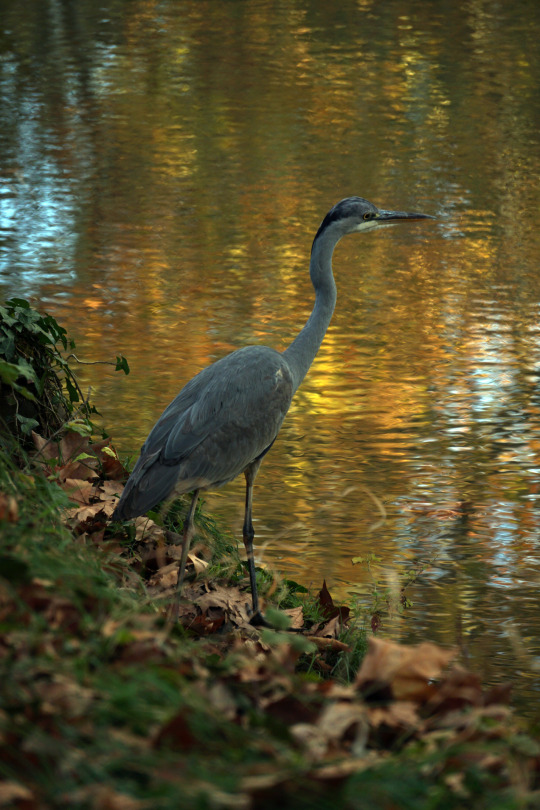
Nov 13. Héron cendré (ardea cinerea).
Canal du Midi, Toulouse, France.
#photographers on tumblr#original photography#landscape#animals#lensblr#autumn#falls#bird#grey heron#france#canal du midi#toulouse#europe#sony a6000
744 notes
·
View notes
Text
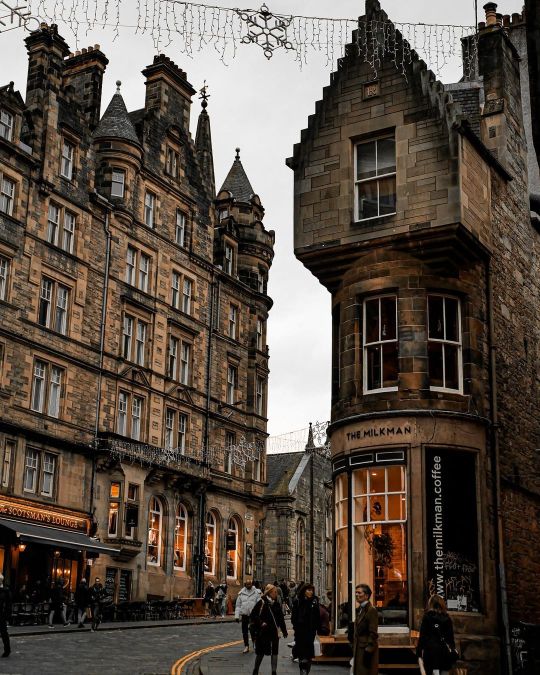


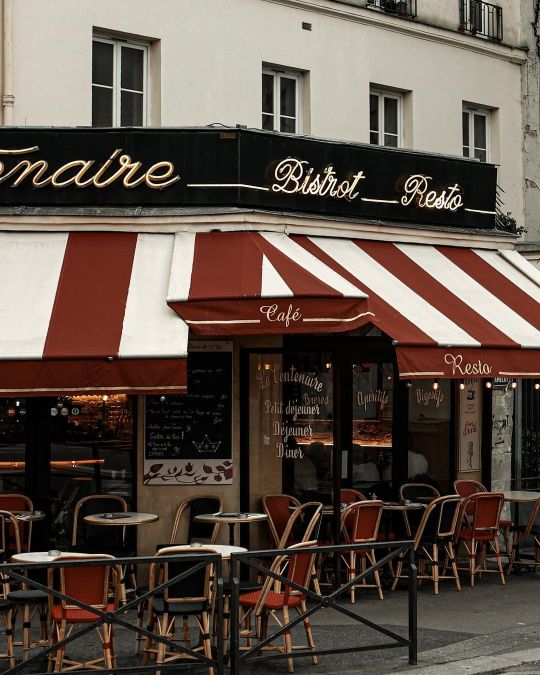
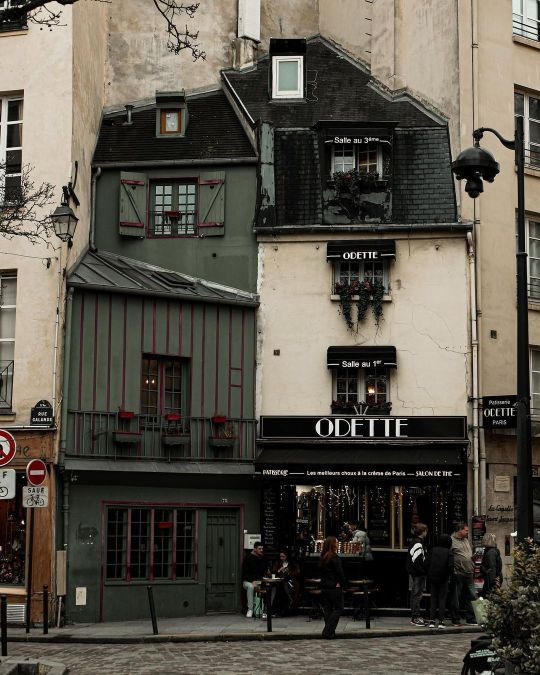
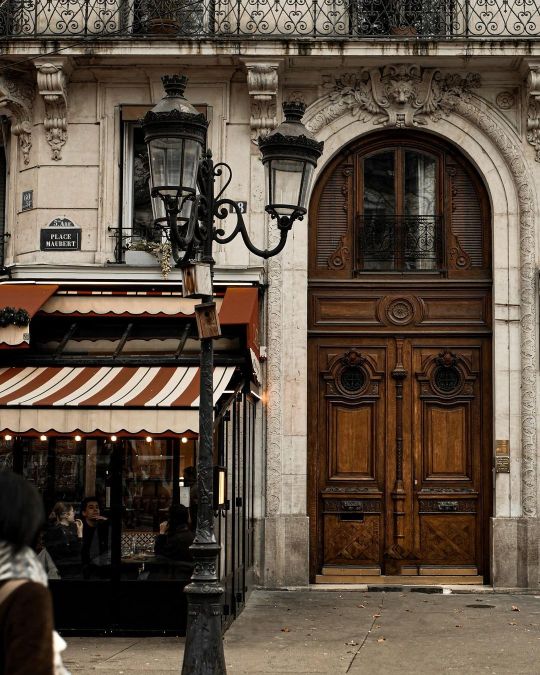
Instagram credit: myphotography_com
#paris#france#copenhagen#denmark#edinburgh#scotland#uk#united kingdom#dark academia#darkacademia#dark academia vibes#beautiful places#beautiful architecture#travelblr#travelling#autumn aesthetic#autumn vibes#fallblr#fall aesthetic#fall vibes
3K notes
·
View notes
Text

Montertelot, France (by Lilly)
606 notes
·
View notes
Photo

Monet's autumn by *M.*
#Photography#Autumn#Autumn Aesthetic#Autumncore#Fall Aesthetic#Autumn Cozy#Fall Blog#Forest#Claude Monet's Garden#Giverny#France#garden
382 notes
·
View notes